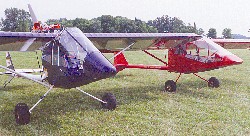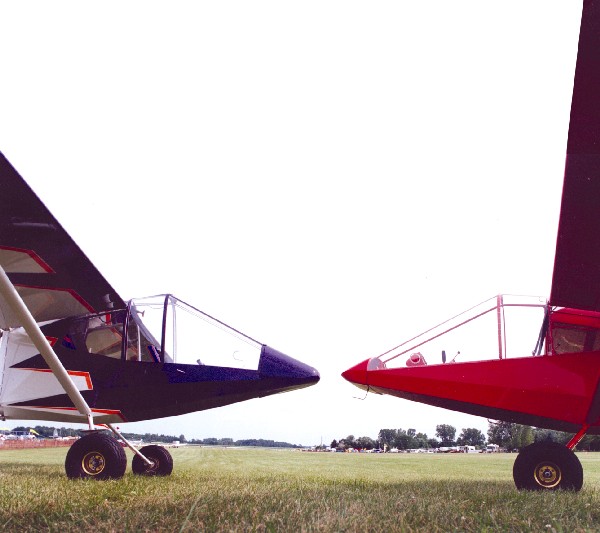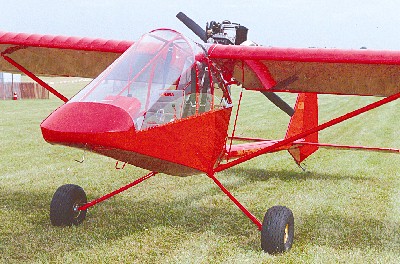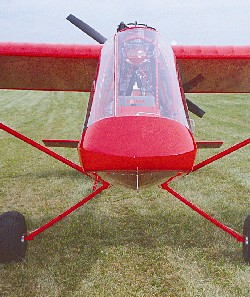
The King and Kolbra The New Kolb Aircraft Company didn’t make a new model. They made two. But don’t judge by the photos accompanying this sidebar. The red Kolbra was built by Lite Speed Aviation, a group based only an hour away from The New Kolb Aircraft Company. The distinctive orange-and-blue Kolbra is the factory creation. Finished off as professionally, I found some irony in that the newest model was not the factory one. The Lite Speed model is the ultralight trainer version, and that’s precisely how Lite Speed plans to use it. New Kolb’s factory edition is an example of the King Kolbra, which will require FAA registration and an FAA pilot’s certificate. In truth, besides the beefy Australian 80-hp Jabiru engine (versus the Austrian Rotax), the main differences between the two examples relate to the nose jobs. From the front seat aft (ignoring the engine), the two planes are all but identical except for paint and upholstery.


















